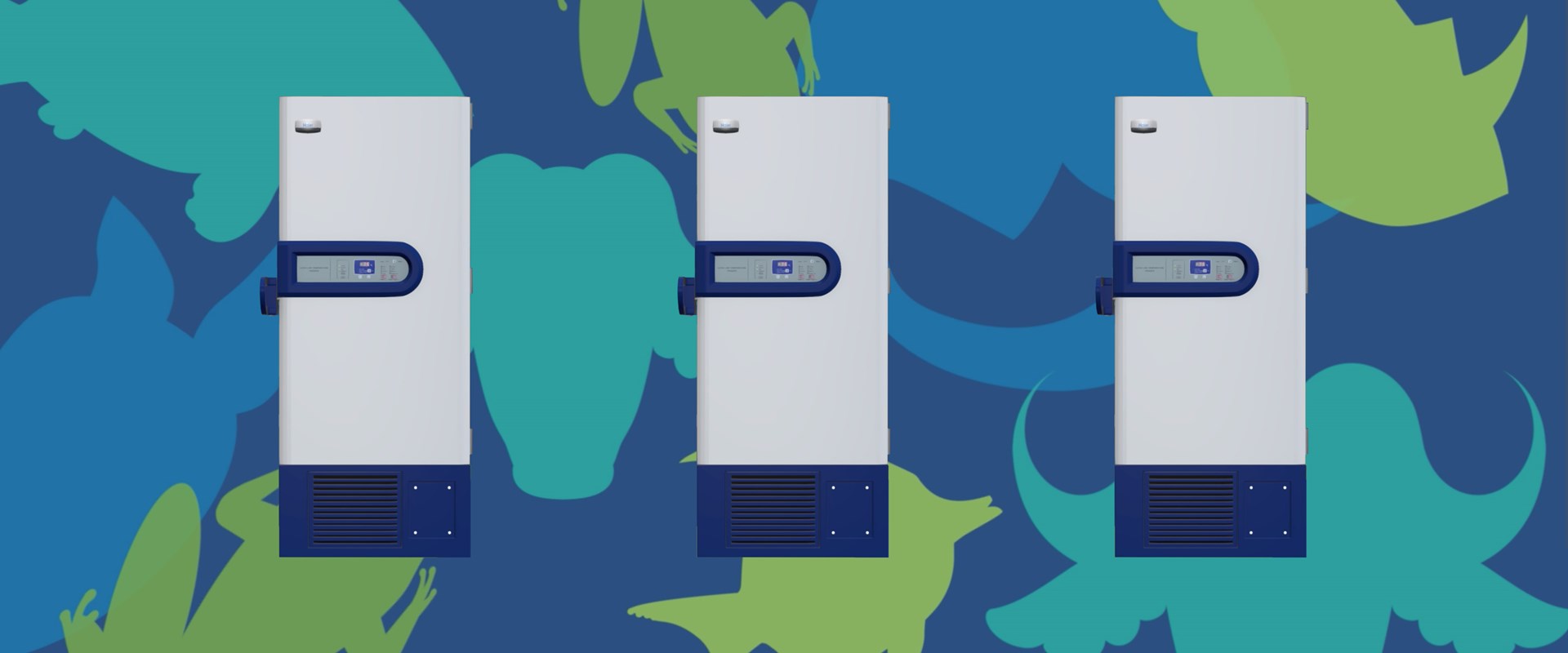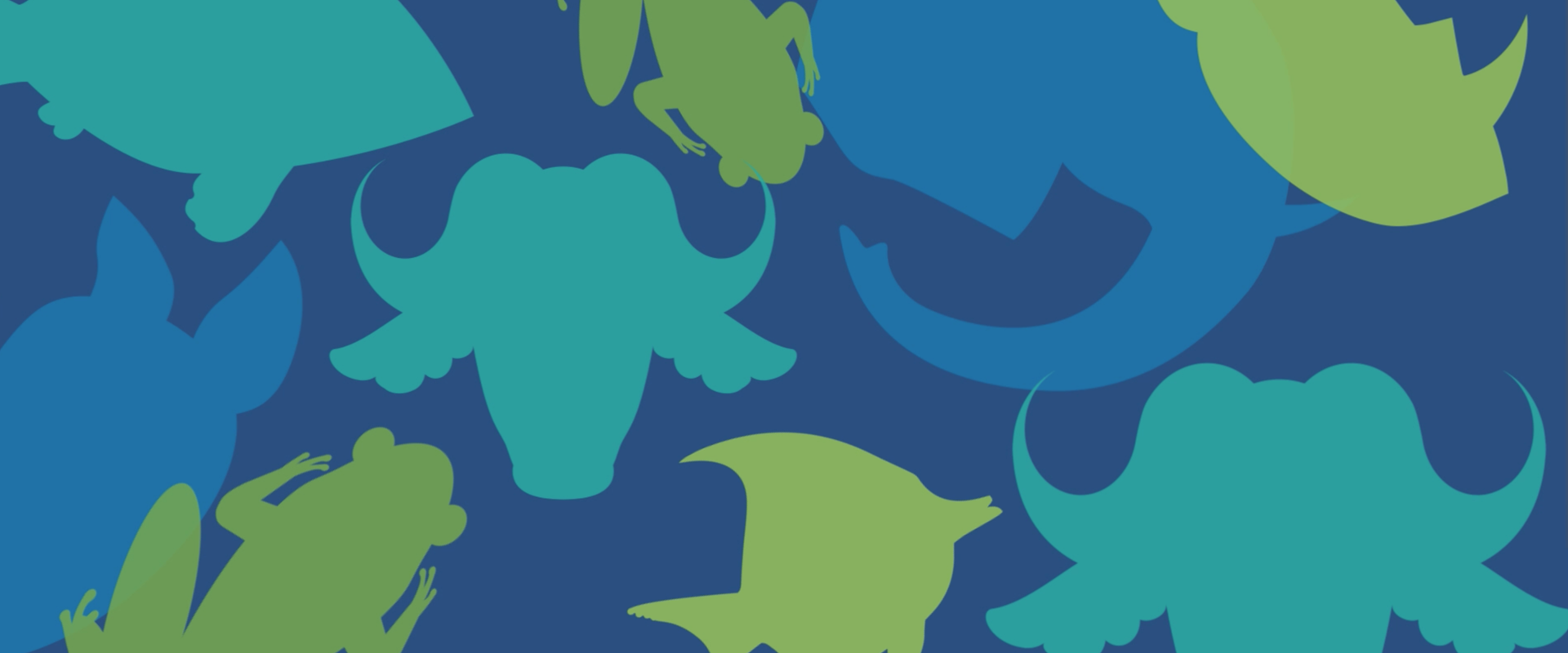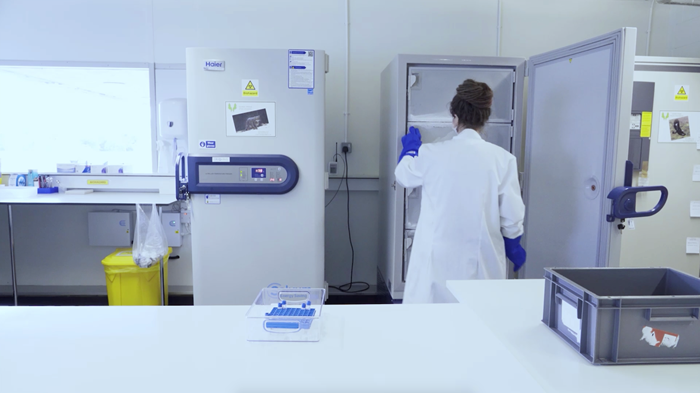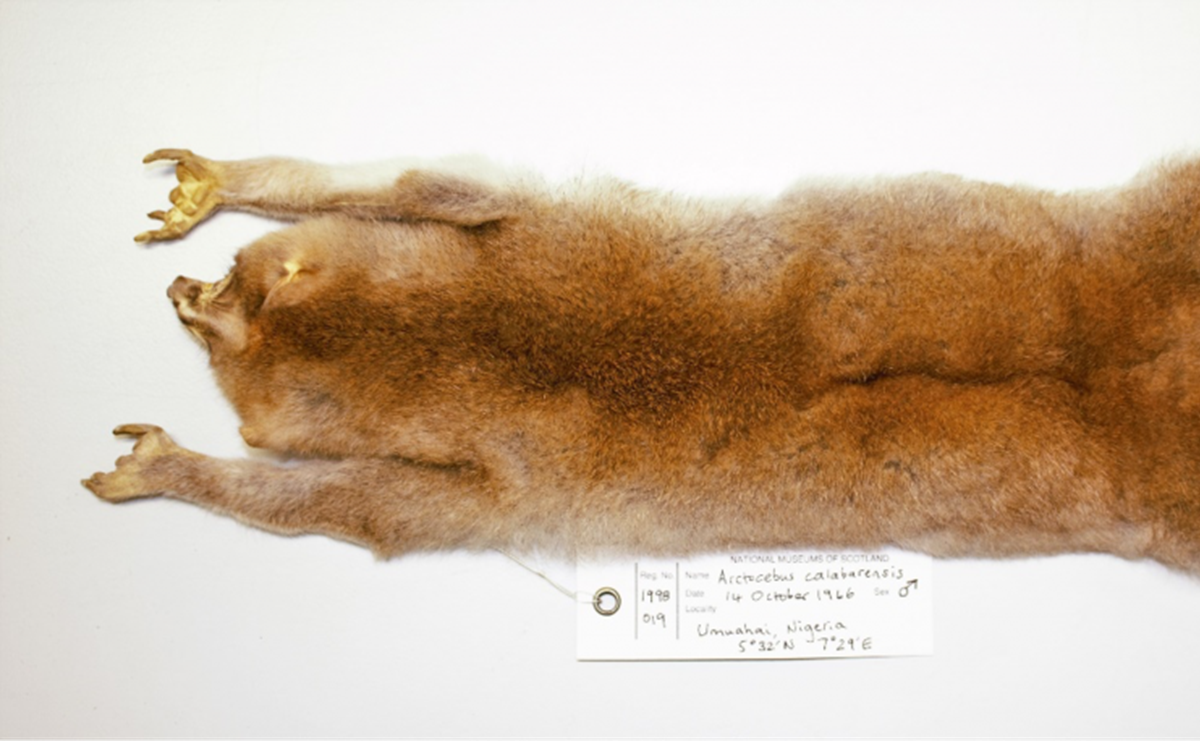Key in a search term below to search our website.
Key in a search term below to search our website.

Watch the video below to find out more about what a biobank is, the kind of frozen samples they have and how they are stored and used.

A biobank is a bit like a bank or a library where we store the DNA, tissues and cells of animals so that researchers can look at their genetic code. Along with the Royal Zoological Society of Scotland, we are partners in CryoArks, a UK-wide collaboration to create the UK’s comprehensive zoological biobank network for research and conservation. This includes museums, zoos, universities and research institutions.
 Gill Murray-Dickson looking in one of our biobank freezers.
Gill Murray-Dickson looking in one of our biobank freezers.
Together we store millions of biological samples that are important for researchers who want to use them to study the DNA and genetic information of animals. The CryoArks Biobank initiative is the first national collection of frozen animal material in the country. It is gathering and preserving the DNA, tissues and cells of wild and zoo animals to provide a wealth of information that can support worldwide research conservation management.

How do frozen tissue samples from the 1960s help animal conservation in the time of COVID-19?
Andrew Kitchener and Gill Murray-Dickson explore the importance of our Biobank and the CryoArks initiative for continuing research to answer the questions of today and the future.
It’s important to store animal DNA because of what it can tell us. Each species has a unique DNA sequence. And by studying this, we can learn a lot about an individual animal. For example, we can tell if a cat is a wildcat, a hybrid or a tabby feral cat.
This information can help us better understand how species have evolved, how they are related, and how healthy they are. That means we can work out how to best look after them in captivity, as well as conserve them in the wild to help look after endangered species. Internationally, DNA information is also an important reference tool in the global fight against the illegal wildlife trade.

Hear how museums and zoos are coming together to share their research and help conserve endangered species around the world in the recording of our online event below.
Our very own Principal Curator of Vertebrates, Andrew Kitchener, and Biobank Research fellow, Gill Murray-Dickson, are joined by Helen, Senn Head of Conservation and Science Programmes at The Royal Zoological Society of Scotland. The event was chaired by zoologist, writer and broadcaster, Jules Howard.
Be aware that this video contains brief footage of animal specimens and animal tissue.
Our event recordings are free to watch, but your donations are greatly appreciated. Your support will help protect our remarkable collections and share their stories with the world through events like this.